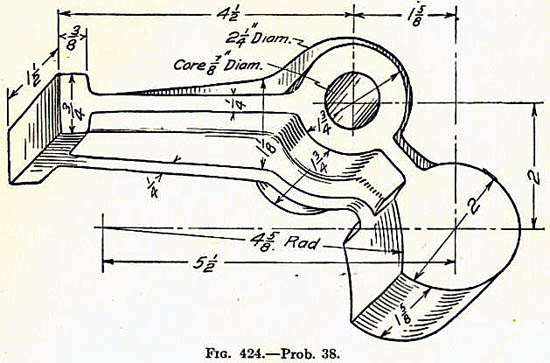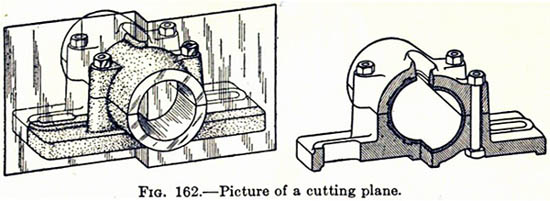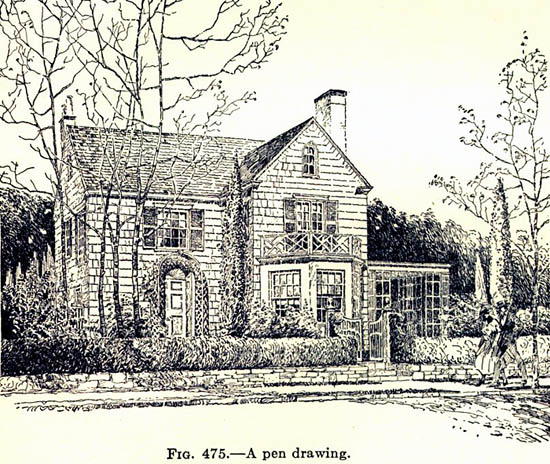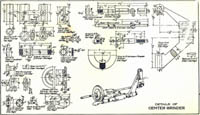Thomas Ewing French
Today, we think about being influenced. The University of Houston's College of Engineering presents this series about the machines that make our civilization run, and the people whose ingenuity created them.
Who changes our world? Who exerts positive forces that improve it? It's hard to know in real time. Maybe the question should be left to historians. Meanwhile we prattle on about leadership, and assume the word has meaning. I doubt it does. It seems to be about influencing others when our greater problem is minimizing the damage we do in our own influence.
So let me tell you about someone who exerted a strong positive influence on me -- a person I never met and who died when I was fourteen. I don't even know what he looked like. His name was Thomas Ewing French, and he was born in 1871 in Mansfield, Ohio.
French finished a mechanical engineering degree at Ohio State in 1895. Three years later, OSU hired him to teach drafting, and that's how he spent the rest of his life. It sounds respectable enough, though hardly the stuff of greatness. But stay with me.
In 1911 French wrote a modest textbook, A Manual of Engineering Drawing.It did well. The preface to the 1918 2nd edition begins by telling us that he's carefully weighed the criticism that's come in from a hundred schools that used the first edition. People ask for more on lettering and on working drawings. These he's given them. His notion of what a good textbook should be is very organic.

Yet he's not just malleable. In the preface to his first edition he speaks of drafting instruction that involves copying drawings. That, he says, "does little more [for] an art of expression of thought than copying paragraphs from a foreign book would do [for] the study of a foreign language."
I can attest that French's books gave the mind something to chew on, because I learned from one in the late 1940s. It fed my mind with the most wonderful exercises in transmutation. The trip from three-dimensional reality to the flat workshop drawing, and back, was the engineer's journey in microcosm. Conception in the mind, to flat formal instructions, to lathes and shapers, to the emergence of the corporeal thing we once held only in our minds.
That was not just one more course; it was a window into a way of life. Other books taught drafting, and did it well. But, for half a century, French did it best. Today, I went to that section of our library and saw a whole row of his books all the way up to 1980, 36 years after his death, and that row is only a sampling of the whole. (We also have one of his Spanish editions.)
French was also strongly into Ohio State's famed football program. He was a father of the stadium there -- so involved in bringing it into being that OSU's athletic field house is named after him. But that's small potatoes in comparison with his real contribution: For more than two generations, engineers the world over -- hundreds of thousands of them -- gained their vision of what engineering's gift to society was to be from Thomas Ewing French. How many designated leaders have done anything like that much for the rest of us?
I'm John Lienhard, at the University of Houston, where we're interested in the way inventive minds work.
See any edition of T. E. French, A Manual of Engineering Drawing for Students and Draftsmen. (New York: McGraw-Hill Book Co., Inc. 1911 onward). All images on this page are taken from the 1918 2nd edition of this book.
For more on French's relationship with OSU football as well as the picture that I was unable to find when I wrote the episode, see: https://wosu.org/2012/archive/horseshoe/men.htm.

Typical drawing exercise in which the student is asked to create working drawings for a machinist from this three-dimensional fitting.

Exercise in visualizing a dog-legged cross-section of a fitting

There was a time when all engineers were taught to make three dimensional sketches based upon drafting principles.

To see the relationship between a detailed drafting of components and a finished three-dimensional assembly, click on the thumbnail of a large working drawing above.